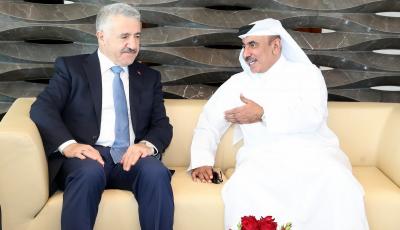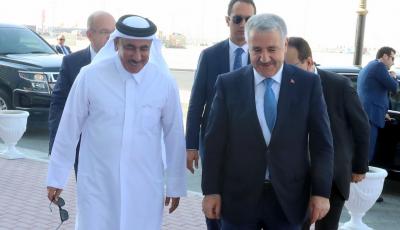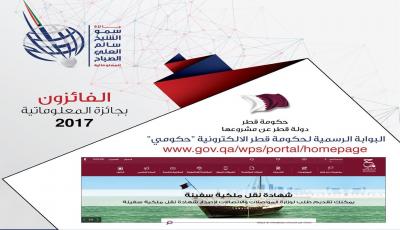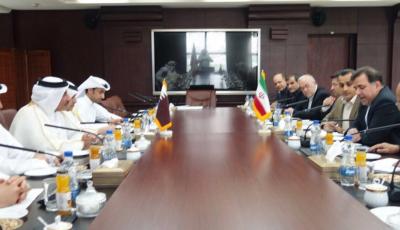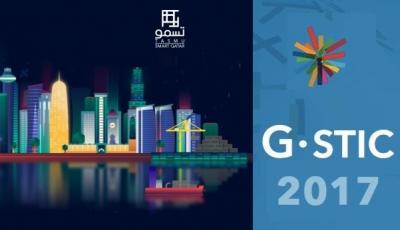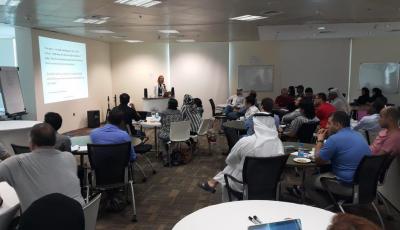
IdeaCamp starts activities with 95 ideas participating
Doha-IdeaCamp is a new program provided by Digital Incubation Center (DIC) under the Ministry of Transport & Communications for entrepreneurs, developers and designers who have a great idea for a technology solution.Through a six-week program of workshops, training and mentorship participants will create a business model, build a prototype and test their idea with customers. By the end of the program participants will know whether their idea is likely to succeed in the market in Qatar and will pitch to join DIC’s two-year startup program to take the idea to the next level.DIC received 129 applications to join IdeaCamp and 95 ideas were accepted, based on their level of technical innovation and feasibility. Almost half of the IdeaCamp applications featured one of DIC’s technology focus areas: 3D Printing, Blockchain and IoT.The IdeaCamp program launched on Saturday 21st October with 85 entrepreneurs taking part in a full day workshop which introduced participants to the Business Model Canvas tool, with examples from companies such as Airbnb, Flickr and Uber. Participants then created their own Business Model Canvas showing the value proposition, key activities, partnerships and cost model related to their idea.The second workshop on Saturday 28th October focussed on customer validation. Participants created a Value Proposition Canvas, building a set of customer segments and looking at how their business could address customer needs. They were then set the task of researching their customers and refining their business model to meet real customer needs.The final ideation workshop took place on Saturday 4th November. Participants learned about the different ways to prototype their ideas and created wireframes showing how their customers would experience their products and services.The program will continue for the next three weeks with pitch training and industry mentorship sessions, as the participants prepare to pitch to join the DIC Startup program.DIC will incubate 25 ideas from IdeaCamp, these teams will be accepted onto the two-year Startup program where they will receive support, training and mentorship allowing them to launch a business in Qatar, build a product and grow their market reach. They will join the 28 startups currently incubated at DIC. To date, DIC has incubated a total of 87 startups and idea stage teams.

